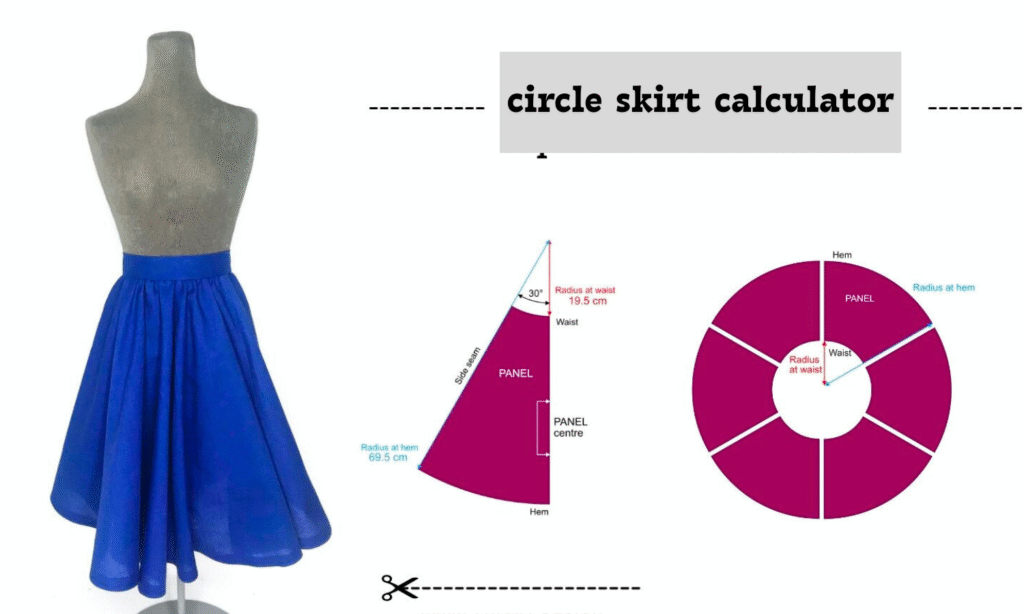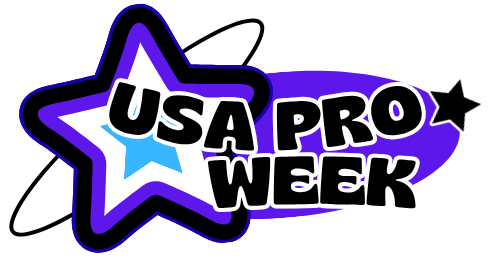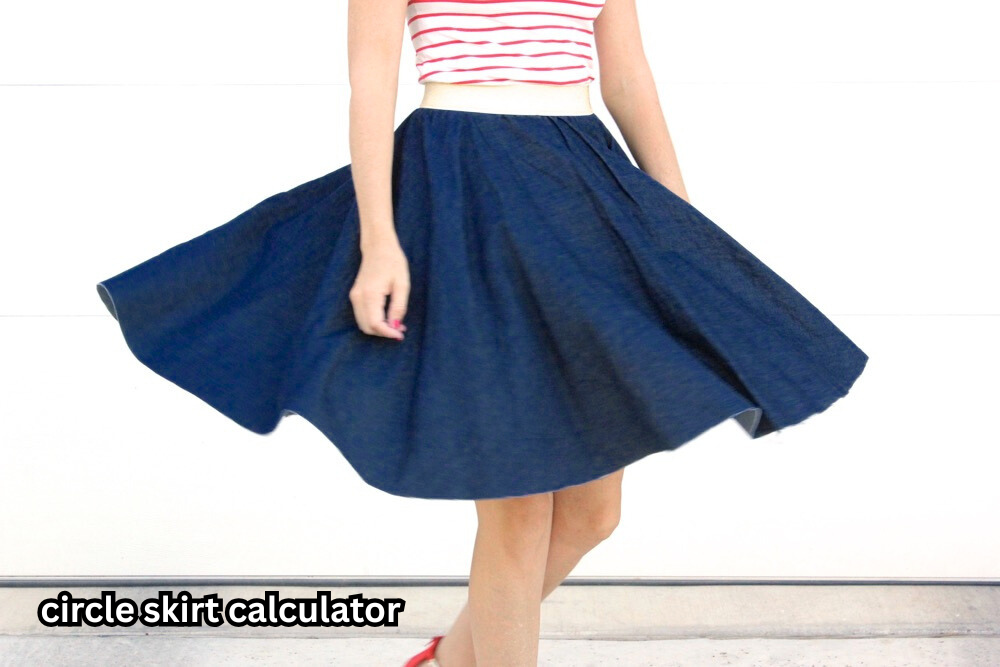Creating a beautiful circle skirt can seem like a daunting task, especially when faced with complex measurements, fabric calculations, and pattern drafting. For many sewing enthusiasts, the idea of turning a simple bolt of fabric into a flowing, flattering skirt brings both excitement and anxiety. This is where a circle skirt calculator comes in—a tool designed to bridge the gap between creative vision and technical precision. A circle skirt calculator is an online or downloadable tool that allows users to input their measurements, desired skirt length, and fullness preference to automatically generate essential details such as waist radius, outer hem radius, and fabric requirements. It takes the math out of sewing, replacing guesswork with confidence. By using a calculator, sewists can focus on design, fabric choice, and finishing details, knowing that the foundation of their skirt will be accurate and well-proportioned.
Understanding the Circle Skirt Calculator
At its core, the circle skirt calculator is about translating human measurements into geometric patterns. A circle skirt is a skirt cut in the shape of a circle or a portion of a circle, with a hole at the center to fit the waist. The main challenge is converting waist circumference into a radius and then adding the desired skirt length while considering seam allowances, hem allowance, and sometimes fabric width constraints. For example, a full-circle skirt requires calculating a radius that results in a waist circumference matching the wearer’s measurement, while a half or quarter circle uses proportionally larger radii due to the partial arc. The calculator handles these calculations instantly, outputting numbers that would otherwise require careful manual computation. For those who are new to sewing, this removes the intimidation factor and provides a clear path to success, while seasoned sewists can use it to save time and reduce fabric waste.
Benefits of Using a Circle Skirt Calculator
Using a circle skirt calculator offers numerous benefits that go beyond simple convenience. One of the most significant advantages is accuracy. Estimating the fabric length for a circle skirt without calculations can easily lead to either shortage or excess, which may result in wasted money or frustration. A calculator ensures that the measurements are precise, giving a clear idea of how much fabric is needed, and helps determine whether a full piece of fabric is sufficient or if the skirt must be cut in panels. Another benefit is time efficiency. Instead of spending hours manually drafting patterns and calculating arc measurements, the calculator provides instant results. This allows sewists to focus more on choosing fabric, styling, and finishing details. Additionally, the tool offers customizability, allowing users to select different skirt types—full circle, three-quarter, half, or quarter circle—so that both the flare and fabric consumption can be tailored to personal preference. For beginners, the calculator reduces anxiety by providing a roadmap, guiding them from measurement to pattern drafting with confidence.
Bio Table
| Attribute | Details |
|---|---|
| Name | Circle Skirt Calculator |
| Type | Online/Digital Sewing Tool |
| Purpose | Converts waist and skirt measurements into radius and fabric requirements |
| Usage | Pattern drafting, fabric estimation, skirt making |
| Suitable For | Beginners, hobbyists, professional sewists |
| Skirt Types Supported | Full circle, ¾ circle, half circle, quarter circle |
| Measurements Required | Waist circumference, skirt length, fabric width (optional) |
| Benefits | Saves time, reduces errors, accurate fabric estimation, custom fit |
| Platform | Web-based or downloadable tools |
| Special Features | Pattern drafting guidance, fabric layout suggestions, allowance adjustments |
| Skill Level | All levels (beginner to advanced) |
How to Use a Circle Skirt Calculator
The process of using a circle skirt calculator is straightforward but requires attention to detail. First, accurate waist measurement is critical; the tape should be placed at the point where the waistband will sit, typically just above the hips or at the natural waist. The user then enters their desired skirt length, whether it’s a mini, midi, or maxi skirt. Next, the skirt type is selected—full, three-quarter, half, or quarter circle—which will affect the radius calculation and fabric requirements. Some calculators allow inputting fabric width to ensure that the pattern can be laid out without requiring extra panels or adjustments. After entering all data, the calculator outputs key results: the radius for the waist hole, the outer radius for the hem, and the total fabric length needed. These results serve as a blueprint for pattern drafting, allowing users to draw concentric arcs on paper or fabric and cut with precision. Many calculators also provide additional guidance on allowances for seams and hems, though users must verify whether these are included or need to be added manually.
Types of Circle Skirts
Understanding the different types of circle skirts is essential for using the calculator effectively. Full-circle skirts create maximum flare and movement, offering a dramatic, elegant silhouette, but they require the most fabric and careful layout due to fabric width constraints. Three-quarter circle skirts provide a slightly smaller flare while being more economical with fabric, balancing drama and manageability. Half-circle skirts are a practical choice for those seeking a modest flare with reduced fabric consumption, making them ideal for everyday wear or longer skirts. Quarter-circle skirts produce minimal flare and are the most economical, suitable for fabrics with directional prints or limited width. By selecting the type of skirt in the calculator, users can visualize the resulting fullness and better estimate fabric usage, making informed decisions about design versus practicality.

Practical Tips for Sewing a Circle Skirt
While the circle skirt calculator simplifies pattern drafting and measurement, practical considerations remain crucial. Fabric choice significantly affects the skirt’s appearance and drape; lightweight fabrics like cotton, chiffon, or silk create soft, flowing movement, whereas stiffer fabrics like denim or taffeta result in more structured skirts. Fabric width is another important factor. Even if the calculator indicates sufficient length, narrow fabrics may require cutting the skirt in panels, which can affect the overall look and pattern alignment. Seam and hem allowances should always be verified, as some calculators do not automatically include them. Additionally, when working with patterned fabric, attention must be paid to matching stripes, plaids, or prints to ensure the final skirt looks polished and professional. Drafting a paper pattern first is highly recommended for larger skirts, allowing the sewist to visualize the arcs and adjust before cutting the actual fabric. These steps ensure that the technical precision provided by the calculator translates into a beautiful finished garment.
Advancements in Circle Skirt Calculators
In recent years, circle skirt calculators have evolved from simple numeric tools to interactive design aids. Many now offer pattern drafting capabilities, producing printable templates tailored to the user’s measurements. Some advanced calculators factor in fabric width, paneling suggestions, and directional pattern alignment to minimize waste and simplify the cutting process. Mobile-friendly versions allow sewists to use the tool in fabric stores, comparing yardage needs on the go. Additionally, modern calculators allow for full customization, letting users include seam allowances, hem allowances, and even pleat or gather options. This integration of precision and creativity empowers both beginners and experienced sewists to produce professional-quality skirts with less stress and higher confidence.
Common Mistakes to Avoid
Even with a circle skirt calculator, mistakes can occur if certain precautions are not taken. Inaccurate measurements are one of the most common issues; if the waist measurement is too tight or too loose, the skirt may not fit as intended. Ignoring fabric constraints is another potential problem; even correctly calculated lengths can exceed the usable width of the fabric, requiring panels or adjustments. Neglecting seam and hem allowances can result in skirts that are too tight or too short. Finally, failing to account for fabric type or print can affect the final drape and appearance of the skirt. Careful planning, double-checking inputs, and reviewing the calculator’s assumptions can prevent these issues and ensure the final skirt meets expectations.
Conclusion
A circle skirt calculator is more than just a digital tool—it’s a bridge between creativity and precision. By transforming complex geometry into simple inputs and outputs, it empowers sewists of all skill levels to create flowing, elegant skirts without fear of miscalculation. The calculator saves time, reduces fabric waste, and allows for full customization of skirt type, length, and flare. Combined with attention to fabric selection, layout, and pattern drafting, it provides everything needed to produce professional-quality skirts that fit beautifully and drape gracefully. Whether you are a beginner exploring sewing for the first time or an experienced dressmaker seeking efficiency, the circle skirt calculator is an indispensable tool that transforms skirt-making from intimidating math into an enjoyable, creative process.
FAQs
1. What is a circle skirt calculator?
A circle skirt calculator is a tool that converts your waist measurement and skirt length into precise fabric and radius calculations for drafting a circle skirt. It simplifies pattern drafting and fabric estimation.
2. Do I need a circle skirt calculator to make a skirt?
No, you can calculate manually, but the calculator saves time, reduces errors, and ensures accurate waist and hem measurements for a perfect fit.
3. Can I use any fabric with a circle skirt calculator?
Yes, but fabric width, type, and pattern direction may affect the layout; the calculator helps determine how much fabric you need for different skirt types.
4. Does the calculator include seam and hem allowances?
Most calculators do not include seam or hem allowances by default, so it’s recommended to add them manually for proper fitting and finishing.
5. Can I make different skirt types with the calculator?
Yes, you can select full, half, three-quarter, or quarter-circle skirts, and the calculator adjusts measurements and fabric requirements accordingly.


